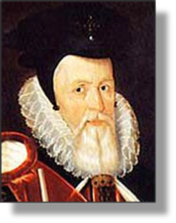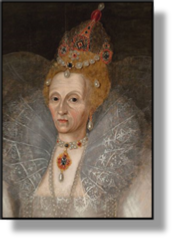


|
1558 |
The French poet Joachim Du Bellay, a founder member of the Pléiade, returns from Rome and publishes two of his finest works, the Roman Antiquities and Regrets.
|
|
1560 |
The Confession of Faith for the establishment of Protestantism, largely the work of the Calvinist reformer John Knox, is adopted by the Scottish Parliament and made law.
|
|
1561 |
Following the death of her husband, Francis II of France, Mary Queen of Scots returns to Scotland. Here she is involved in murder and intrigue until her flight to England in 1568.
|
|
1562 |
In France, fighting breaks
out between the Catholics and the Protestants ("Huguenots").
These French Wars of
Religion last for over thirty-
In Ireland, Shane O’Neil, Earl of Tyrone, seeking help from France and Scotland, leads the first of three major rebellions against the English. See 1598 below.
|
|
1563 |
The architect Bautista de
Toledo begins work on the building of the Escorial near Madrid, a vast
palace-
|
|
1565 |
Ivan the Terrible of Russia begins a reign of terror against the boyars. During his rule an advance is made into Siberia, but Russian forces fail to gain an outlet to the Baltic Sea.
|
|
1566 |
Pieter Bruegel the Elder, the outstanding member of a Flemish family of artists, paints The Wedding Feast, one of his many works depicting the life of the peasantry at this time.
|
|
1567 |
Philip II of Spain sends the Duke of Alva to govern the Spanish Netherlands. His ruthless treatment of Protestants triggers off a revolt against Spanish rule which lasts for 80 years.
|
|
1568 |
Following her abdication in favour of her son, James VI, Mary Queen of Scots flees to England. She is put in prison by her cousin Elizabeth until her execution 19 years later.
|
|
1569 |
|
|
1570 |
The Italian architect Andrea Palladio writes his treatise The Four Books of Architecture, a work which has a profound influence upon the revival of classical design.
|
|
1571 |
A large Ottoman fleet is virtually destroyed at the Battle of Lepanto by the "Holy League", a combined naval force of Christian states under the command of Don John of Austria.
|
|
1572 |
During the French Wars of Religion, thousands of Huguenots are killed in Paris and throughout France in what comes to be known as the St. Bartholomew's Day Massacre.
Tupac Amaru, the last Lord Inca, is executed, and the Inca Empire finally comes to an end. Within ten years the Spanish own all of South America save for Venezuela and Brazil.
Luís de Camoens, one of Portugal's most talented poets, writes his masterpiece, the epic poem The Lusiads, based on the historic voyage of Vasco da Gama to India.
|
|
1576 |
ThexDanish astronomer Tycho Brahe builds his “Castle of the Heavens”, an observatory, on the island of Hven. His observations, carried out over many years, prove of enormous value.
TheXMughal Emperor Akbar, an outstanding soldier and administrator, conquers Bengal. By the end of his reign (1605) the whole of northern India is under his organised control.
|
|
1579 |
The Italian painters Veronese and Tintoretto work on the interior decoration of the Doge's Palace, Venice, following the fire of 1577, when much of their earlier work was destroyed.
|
|
1580 |
Following the death of King Henry of Portugal, Philip II of Spain invades his neighbour, and winning the Battle of Alcantara, declares himself king of Portugal and its empire.
|
|
1581 |
The seven northern provinces of the Spanish Netherlands, all members of the Union of Utrecht, declare their independence from Spain and resume their struggle for freedom.
|
|
1582 |
Roman Catholic countries adopt the new Gregorian Calendar and "lose" ten days in October. But many other states do not change until the eighteenth century or later.
|
|
1583 |
The Italian Jesuit Matteo Ricci begins missionary work in China. By the time of his death in 1610 many Christian communities had been established and a church built in Peking.
The Italian botanist and physician Andrea Cesalpino improves the classification of plants in his De plantis libri XVI. He also carries out research into the circulation of blood in humans. |
|
1585 |
The English adventurer Sir Walter Raleigh establishes a colony in North America, naming it Virginia in honour of the Queen. Both this and a second attempt in 1587 end in failure.
|
|
1586
1588 |
The Babington Plot, one of many Catholic conspiracies to overthrow Queen Elizabeth, is uncovered. Mary Queen of Scots is implicated, tried for treason, and executed in 1587.
The Spanish Armada, sent to invade England, is badly damaged by an English fleet at Calais and Gravelines and, making for home, is hit by a violent storm in the North Sea.
The French writer and humanist Michel de Montaigne, publishes more of his Essais, a new literary form invented by him to express his thoughts on a large number of subjects.
About this time, Christopher Marlowe, the English dramatist, writes his masterpiece, Doctor Faustus. He is the first to make effective use of blank verse when producing plays.
|
|
1591
1592 |
Thexruins of Pompeii and Herculaneum near Naples, buried twenty feet deep since a massive eruption of Mount Vesuvius in 79 AD, are at last discovered, but excavation in earnest does not begin until 1748 (G2).
|
|
1596 |
The English poet Edmund Spenser completes his allegorical poem The Faerie Queene. A friend of the poet Sir Philip Sidney, his work greatly influenced the style of English poetry.
|
|
1598 |
The Edict of Nantes ends the long civil war in France by granting the Huguenots a large measure of religious and political freedom, but the settlement is not destined to last long.
A third rebellion having broken out in Ireland, Hugh O'Neil, the Earl of Tyrone, defeats the English at the Battle of Yellow Ford. The Earl of Essex is despatched to crush the uprising.
Spanish settlers found the colony of New Mexico and, later, make Santa Fe the capital. The Pueblo People are subdued, and Franciscans attempt to convert them to Christianity.
|
|
1599 |
The Globe Theatre, where many of Shakespeare's play are performed, is built on the south bank of the Thames in the London district of Southwark. It is destroyed by fire in 1613, but rebuilt the following year.
The rebel Italian artist Michelangelo Caravaggio begins work on three paintings of the life of St. Matthew. Although highly unconventional, these bring him fame and fortune.
|
|
1600 |
William Gilbert, the first English scientist to accept the Copernican theory of the universe, pioneers work into the nature of magnetism and electricity. He coins the word "electric".
The English East India Company is founded and plays a major part in Indian history over the next 250 years. The Dutch company, formed 2 years later, dominates the spice trade.
|
|
1603 |
On her deathbed she nods her assent to the succession of the King of Scotland, James VI, as James I. |
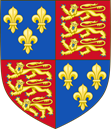






 The
privateer
The
privateer  The
Ottoman Turks, under their leader
The
Ottoman Turks, under their leader  The
Flemish geographer
The
Flemish geographer  The
English composer of church music,
The
English composer of church music, 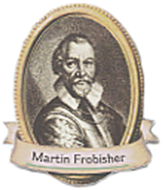 The
The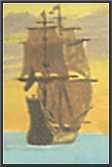 The
English seaman
The
English seaman 
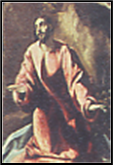
 A
A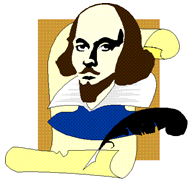 The
brilliant English dramatist and poet,
The
brilliant English dramatist and poet, 
 Elizabeth
I dies of old age at Richmond House after a reign of 44 years.
Elizabeth
I dies of old age at Richmond House after a reign of 44 years.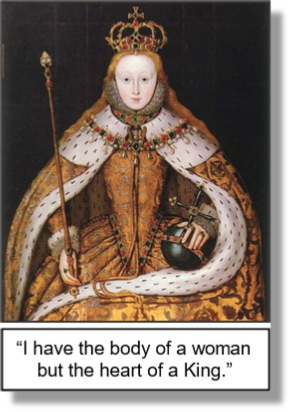 xxxxx
xxxxx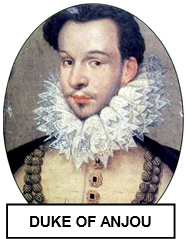 xxxxx
xxxxx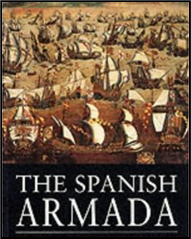 and
a wink to sea adventurers who raided Spanish colonies and looted
Spanish ships, she assisted the Protestant cause in France, and
she did not hesitate to give secret support to the Dutch in their
fight against their Spanish overlords. It was not until 1585, in
fact, following the assassination of William of Orange, that she
came out in the open, sending an army to the Netherlands under the
command of the Earl of Leicester to take on the Spaniards.
and
a wink to sea adventurers who raided Spanish colonies and looted
Spanish ships, she assisted the Protestant cause in France, and
she did not hesitate to give secret support to the Dutch in their
fight against their Spanish overlords. It was not until 1585, in
fact, following the assassination of William of Orange, that she
came out in the open, sending an army to the Netherlands under the
command of the Earl of Leicester to take on the Spaniards. 